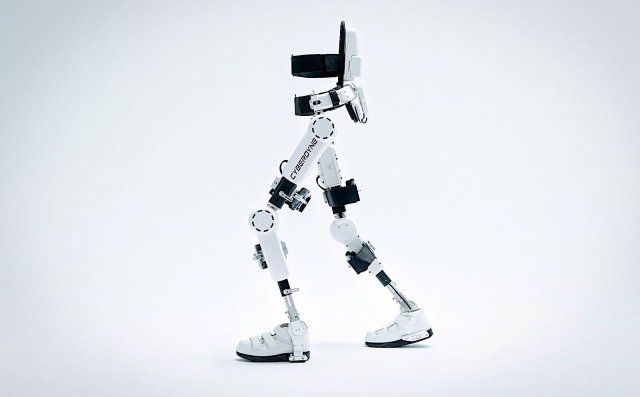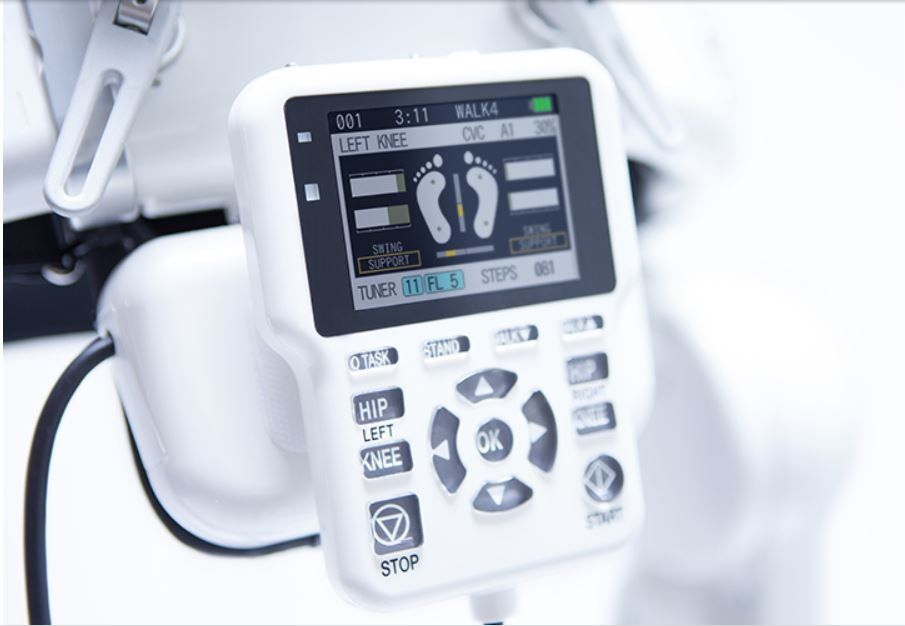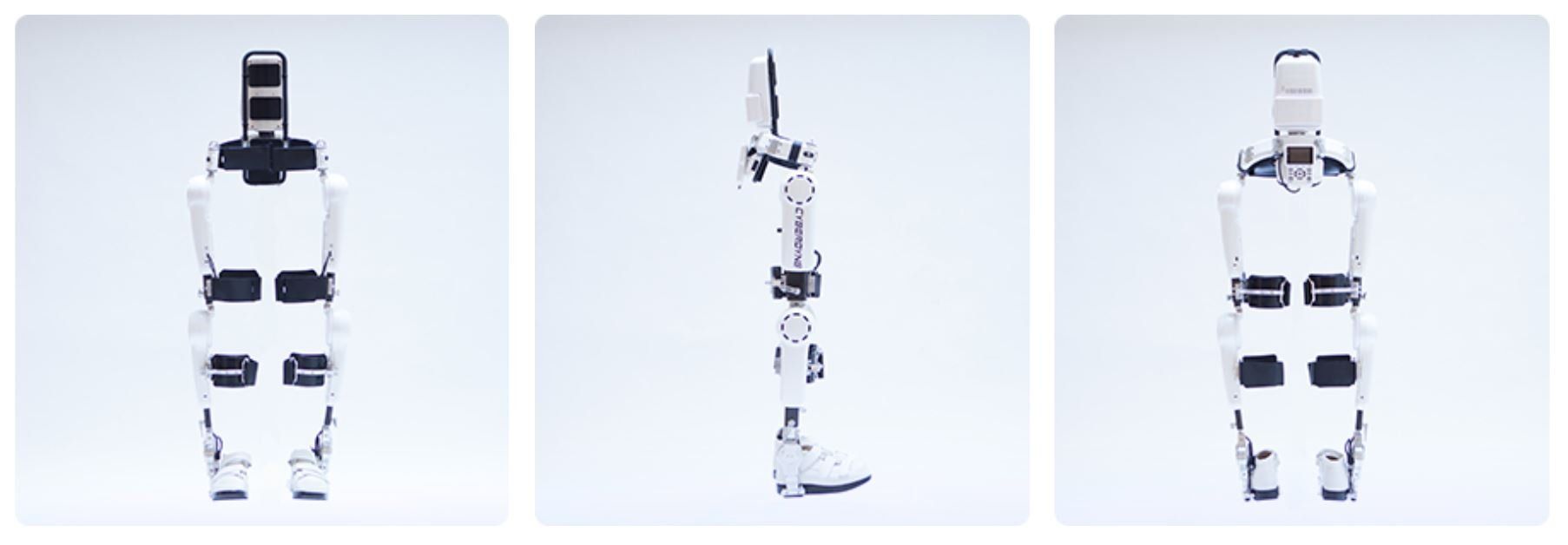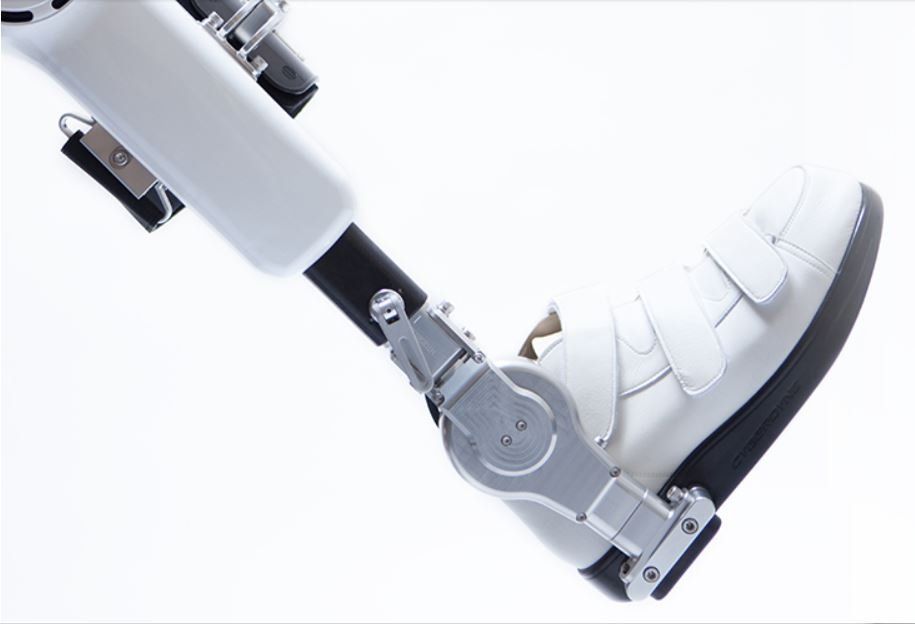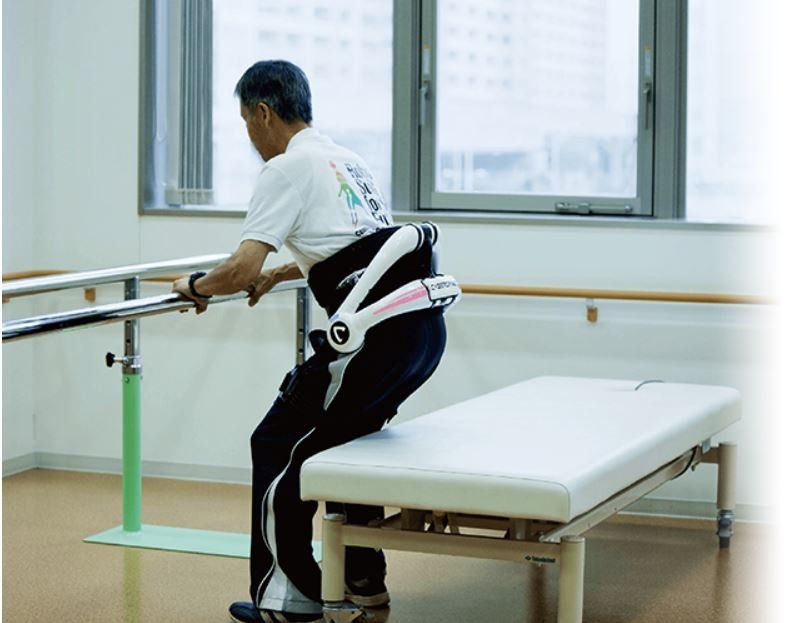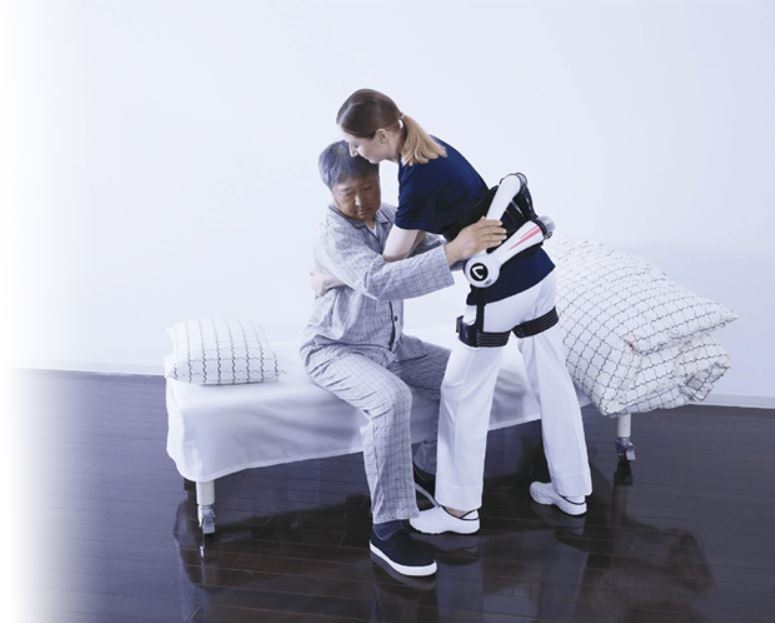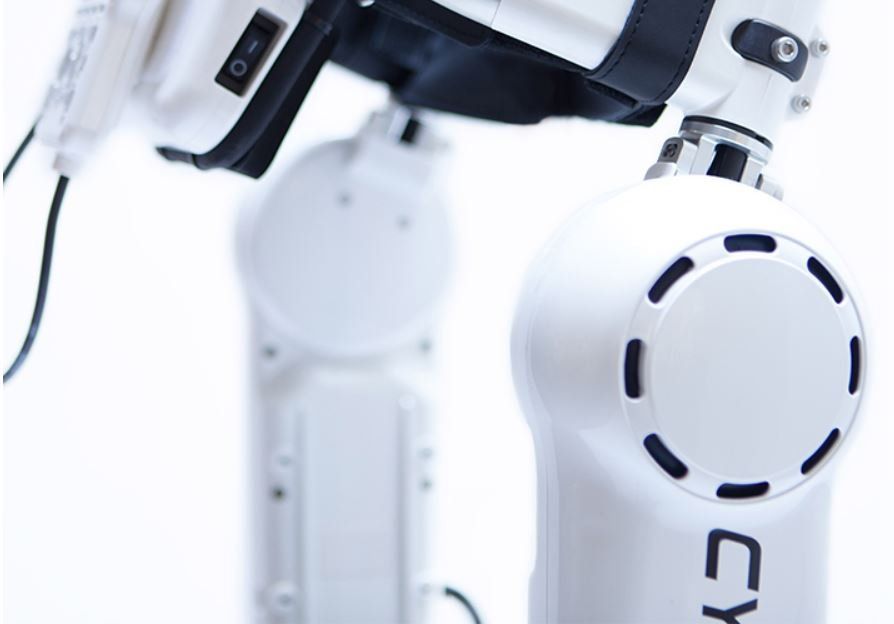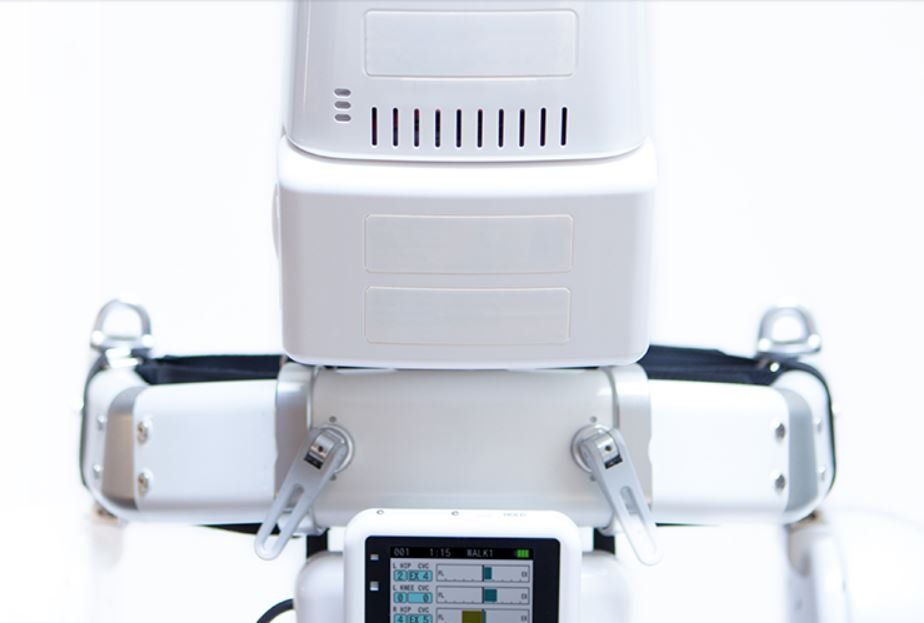Hybrid Assistive Limb
HAL [Hybrid Assistive Limb] is the world‘s first cyborg-type robot, by which a wearer‘s bodily functions can be improved, supported and enhanced.
Wearing of HAL leads to a fusion of “man”, “machine” and “information”. HAL assists a physically challenged person to move and enables him or her to exert bigger motor energy than usual. HAL is also considered as the system that accelerates a motor learning of cerebral nerves.
*1 The international patent relevant to HAL was accredited as Notable Invention by World Intellectual Property Organization [=WIPO].
HAL - LOWER LIMB TYPE
HAL for Medical Use Lower Limb Type is always used in combination with a fall prevention system that could support the users weight. Typically each therapist wouldsupervise one patient, however the facility in Malaysia who have been using the technology since October 2018, have been working on new challenges so a therapist could supervise multiple patients, or having an experienced patient supervise other patient on better use of HAL.
HAL - SINGLE JOINT TYPE
HAL Single Joint Type is product designed to support people with difficulty moving body due to brain, nervous and musculoskeletal system disorders. By combining the attachment, the device could induce improvement and regeneration of physical function in various body parts. The compact design enables a wearer to use the device while lying down or sitting down, making it ideal for users in the acute phase.
The device can be attached on various body parts, such as elbows, knees, and ankles. The company is also developing an expansion kit to increase its effect, such as a suspension kit to support the movements of the upper extremity, which offers flexibility in meeting user needs.
HAL -
LUMBAR TYPE
The HAL Lumbar Type was available in three models with different operating environments and specifications. However, to improve usability, a new model has been developed to integrate the function of Well-being model, which can be worn by people with weak legs and back to support trunk movement and stand-and-sit movement to induce improvement of their physical functions, and Care-support model for nursing care such as transfer support


